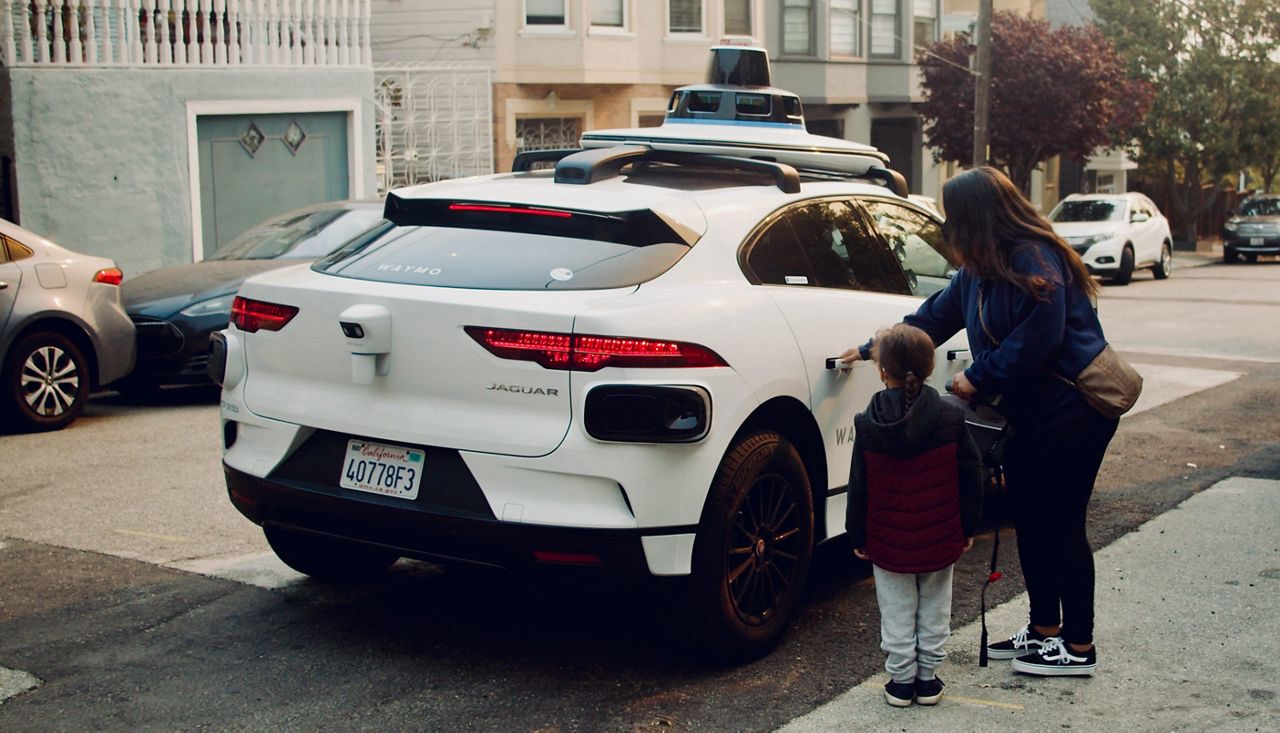Self-driving taxi services will be able to expand their operations in San Francisco. On Thursday, the California Public Utilities Commission granted the driverless taxi companies Cruise and Waymo permission to charge customers for rides at all times of day.
Previously, California had restricted both companies’ San Francisco operations based on whether or not a human safety driver was present in the vehicle to take over if it encountered problems and whether they were charging passengers. California has a three-tiered system for autonomous vehicle testing and deployment.
While 41 companies have permits from the state’s Department of Motor Vehicles to test their AVs with human safety drivers as backups, just seven are permitted to test on public roads without a human backup and only four (including Cruise and Waymo) are allowed to deploy their driverless vehicles for commercial operation.
Cruise, which is owned by General Motors, is permitted to operate in San Francisco. Waymo, operated by Google’s Alphabet, also operates its robotaxi service in Phoenix; it plans to expand to Los Angeles, Mountain View, Calif., and Austin, Texas. Both companies currently operate several hundred vehicles in the Bay Area but plan to expand now that the CPUC is allowing it.
“While we do not yet have the data to judge AVs against the standard human drivers are setting, I do believe in the potential of this technology to increase safety on the roadway,” CPUC Commissioner John Reynolds said in a statement.
Driverless cars have long been hailed for their potential to reduce traffic deaths by eliminating the human error judgments that are responsible for 90% of crash fatalities. Still, 85% of the American public says they are fearful or unsure of self-driving technology, according to the American Automobile Assn.
In announcing the CPUC ruling, Reynolds seemed to acknowledge dozens of incidents in San Francisco of driverless vehicles stopping in traffic for no apparent reason or failing to stop when they encounter emergency vehicles.
“Collaboration between key stakeholders in the industry and the first responder community will be vital in resolving issues as they arise in this innovative, emerging technology space,” he said.
The CPUC’s ruling comes as Congress is considering two bills that would regulate autonomous vehicles in the United States for the first time. Federal legislation to regulate self-driving cars has been stalled since 2017, when the U.S. House of Representatives unanimously approved the SELF DRIVE Act to support the safe development and deployment of AVs only for the bill to die in the Senate.
Self-driving vehicles are currently governed by a patchwork of laws in the 30 states that allow them to be tested and deployed on public roads. Eighty companies are currently testing autonomous vehicles in the U.S.



